Introducing myself with a question on rescuing flooring
vdinli
10 years ago
Related Stories
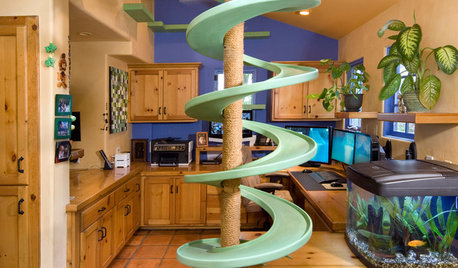
PETSHouzz TV: Watch These Rescued Cats Make a House Their Playland
Spirals, catwalks, tunnels and platforms create a superhighway inside this home in Southern California
Full Story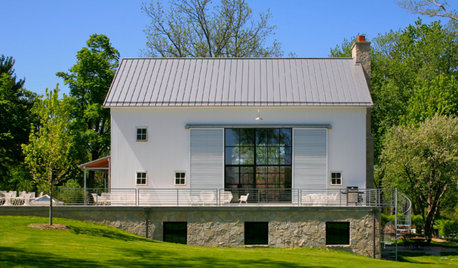
ARCHITECTURESaving Grace: Reconstruction Rescues a Michigan Barn
Working-farm rustic goes stylishly modern, thanks to the loving reinvention efforts of a determined homeowner
Full Story
GREEN BUILDINGConsidering Concrete Floors? 3 Green-Minded Questions to Ask
Learn what’s in your concrete and about sustainability to make a healthy choice for your home and the earth
Full Story
DOORS5 Questions to Ask Before Installing a Barn Door
Find out whether that barn door you love is the right solution for your space
Full Story
REMODELING GUIDES13 Essential Questions to Ask Yourself Before Tackling a Renovation
No one knows you better than yourself, so to get the remodel you truly want, consider these questions first
Full Story
DECORATING GUIDESDesign Dilemma: How Do I Get a 5th Avenue Style?
The Decor Demon Comes to the Rescue in the Questions Board
Full Story
PETSHow to Help Your Dog Be a Good Neighbor
Good fences certainly help, but be sure to introduce your pup to the neighbors and check in from time to time
Full Story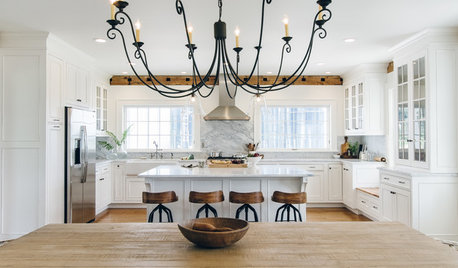
WHITE KITCHENS4 Dreamy White-and-Wood Kitchens to Learn From
White too bright in your kitchen? Introduce wood beams, countertops, furniture and more
Full Story
TRADITIONAL ARCHITECTUREHouzz Tour: New Warmth for a 17th-Century Scottish Castle
A tasteful restoration project introduces modern comforts into a formerly chilly castle without compromising its character
Full Story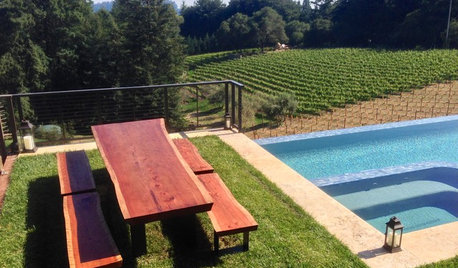
WORKING WITH PROSHow to Commission Custom Wood Furnishings
Can't find just the right table, shelf, desk or what have you? It's woodworkers to the rescue
Full StorySponsored
Columbus Design-Build, Kitchen & Bath Remodeling, Historic Renovations
More Discussions






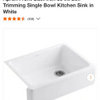



Holly- Kay
Circus Peanut
Related Professionals
Bloomington Kitchen & Bathroom Designers · Saratoga Springs Kitchen & Bathroom Designers · Hopewell Kitchen & Bathroom Remodelers · Cleveland Kitchen & Bathroom Remodelers · Glen Carbon Kitchen & Bathroom Remodelers · Lynn Haven Kitchen & Bathroom Remodelers · Shaker Heights Kitchen & Bathroom Remodelers · Forest Hills Kitchen & Bathroom Remodelers · Beaumont Cabinets & Cabinetry · Little Chute Cabinets & Cabinetry · Newcastle Cabinets & Cabinetry · North New Hyde Park Cabinets & Cabinetry · Saugus Cabinets & Cabinetry · Honolulu Design-Build Firms · Palos Verdes Estates Design-Build FirmsvdinliOriginal Author
angie_diy
lazy_gardens
ginny20
vdinliOriginal Author
lazy_gardens
a2gemini